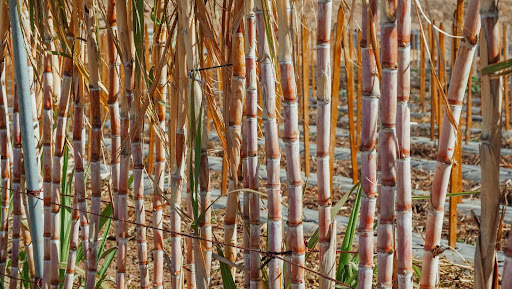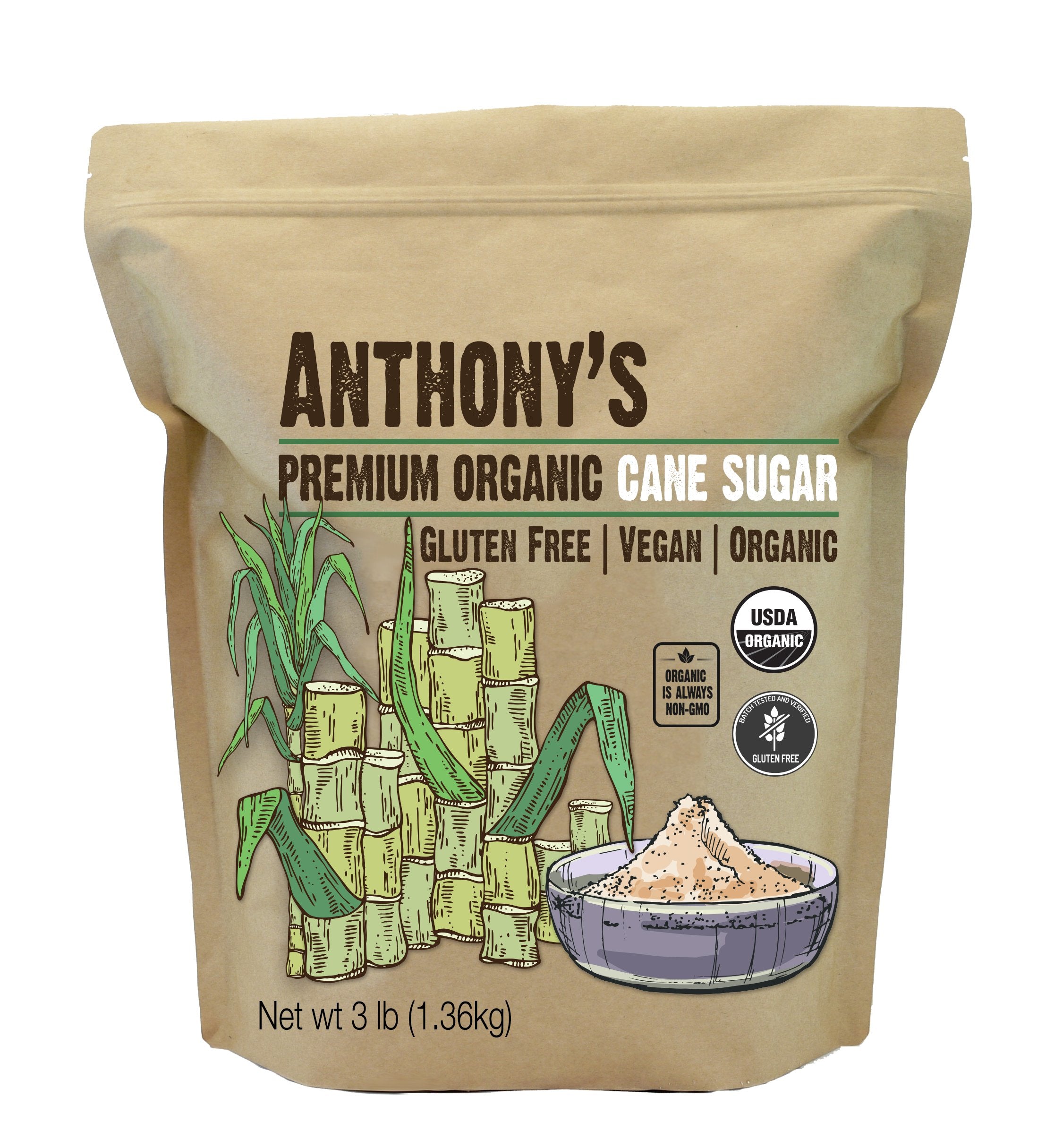Cane Sugar Processing Explained: What Occurs Inside a Sugar Mill
Cane Sugar Processing Explained: What Occurs Inside a Sugar Mill
Blog Article
Discovering the Comprehensive Tips Involved in Walking Stick Sugar Processing From Collecting to Improvement
The procedure of cane sugar production includes a collection of intricate steps, starting with the mindful harvesting of sugarcane and culminating in the refinement phases that ensure the last product fulfills industry requirements. Each phase, from the removal of juice to the filtration and crystallization processes, plays an essential role in determining the top quality and personality of the sugar.
Gathering Sugarcane
Gathering sugarcane is a critical action in the cane sugar processing chain, as it directly affects the high quality and return of the final item. Appropriate timing and strategies are vital throughout this stage to make certain optimal sugar content and minimize losses. Usually, sugarcane is gathered when it gets to maturation, generally 12 to 18 months after growing, identified by a high sucrose concentration.

Post-harvest, the sugarcane has to be processed quickly to avoid sucrose deterioration. Ideally, gathered walking stick must be transferred to processing centers within 24 hours to protect sugar top quality. For that reason, effective logistical preparation is important to keep the honesty of the collected plant throughout the supply chain.
Extraction Process

The smashed walking stick goes through a series of pushing procedures to optimize juice healing. Normally, warm water is sprayed onto the smashed walking stick, producing a countercurrent circulation that assists dissolve the sugar while also aiding in the removal process. The juice accumulated from this procedure includes not just sugar but also various organic compounds and pollutants.

To boost extraction performance, some centers may use diffusion methods, where the sugarcane is soaked in hot water, enabling the soluble sugars to diffuse right into the fluid. The resulting juice, rich in sucrose, is then guided to succeeding processing stages, laying the structure for purification and improvement. The extraction procedure is thus crucial in identifying the top quality and yield of the last sugar product.
Filtration Methods
The filtration methods used in walking stick sugar handling are important for changing the raw juice into a top notch sugar product. These approaches mainly intend to get rid of pollutants, such as soil, plant products, and not natural compounds, which can detrimentally influence the end product's flavor and shade.
Among one of the most usual purification techniques is information. This process involves adding lime and warm to the raw juice, which helps with the coagulation of contaminations. The resulting precipitate is then removed through sedimentation or filtering, generating a clearer juice. Furthermore, using phosphoric acid can enhance the information procedure by official source more binding impurities.
Another substantial method is carbonatation, where carbon dioxide is presented to the cleared up juice. This reaction produces calcium carbonate, which captures staying pollutants and promotes their removal.
Additionally, triggered carbon therapy may be related to adsorb any type of visit this web-site continuing to be colorants and natural impurities, making sure an extra refined product. The combination of these approaches efficiently prepares the sugar juice for subsequent action in the refining procedure, setting the stage for the production of top notch walking cane sugar.
Crystallization Techniques
After the filtration stage, the next crucial step in walking stick sugar handling includes condensation approaches, which play a critical duty in transforming the made clear juice into strong sugar. This procedure generally employs two key methods: spontaneous formation and controlled formation.
In spontaneous formation, supersaturated sugar remedies are enabled to cool normally, causing the formation of sugar crystals gradually. This method is less complex but might lead to unequal crystal sizes and reduced purity levels. On the other hand, managed formation is an extra precise method where seeding, temperature level, and concentration agents are thoroughly handled. This approach enables the consistent development of sugar crystals and greater pureness.
During formation, the made clear juice is concentrated through evaporation, enhancing its sugar material up until it reaches supersaturation. When this factor is attained, either technique can promote the formation procedure. Cane Sugar Processing. The resultant sugar crystals are then separated from the staying syrup via centrifugation
Ultimately, the option of condensation technique influences the high quality, size, and purity of the final sugar product, making this step necessary in the total walking cane i was reading this sugar handling procedure.
Refinement and Packaging
Exactly how can the pureness and quality of walking stick sugar be further boosted after condensation? The refinement procedure plays a vital role in accomplishing high-grade cane sugar. Adhering to condensation, sugar undertakes a complete washing to get rid of contaminations and residual molasses. This is commonly completed making use of warm water or steam, which assists liquify and extract unwanted aspects while protecting the sugar crystals.
Next, the sugar goes through a process called centrifugation, where it is rotated at high rates to separate the detoxified sugar crystals from the remaining fluid. After centrifugation, the sugar is frequently additional improved through a technique called carbonization or phosphatation, which makes use of turned on carbon or phosphoric acid to eliminate color and off-flavors.
When improved, the sugar is dried to accomplish the wanted moisture content, making certain that it remains secure during storage space and transport. The final action involves product packaging the polished sugar in moisture-proof and airtight containers to maintain its high quality and prevent contamination. Cane Sugar Processing. Appropriate product packaging not only expands rack life however also promotes easy handling and distribution, ensuring that consumers receive sugar that fulfills the highest possible requirements of purity and high quality
Final Thought
The extensive steps associated with walking stick sugar processing, from the thorough harvesting of sugarcane to the complex improvement and packaging stages, highlight the significance of each phase in making sure high-grade sugar production. Ideal harvesting techniques, efficient removal approaches, and rigorous purification procedures collectively add to the end product's pureness and security. The condensation and succeeding packaging methods better enhance the stability and rack life of the sugar, highlighting the intricacy and precision fundamental in this necessary agricultural industry.
The process of cane sugar production includes a collection of complex actions, beginning with the careful harvesting of sugarcane and culminating in the improvement phases that ensure the last item fulfills market standards. Preferably, gathered cane should be transported to refining facilities within 24 hours to maintain sugar top quality.In spontaneous formation, supersaturated sugar options are allowed to cool naturally, leading to the formation of sugar crystals over time - Cane Sugar Processing. The improvement process plays a critical duty in accomplishing high-grade walking stick sugar.The comprehensive actions entailed in walking stick sugar handling, from the precise harvesting of sugarcane to the detailed improvement and product packaging stages, emphasize the importance of each stage in ensuring high-grade sugar production
Report this page